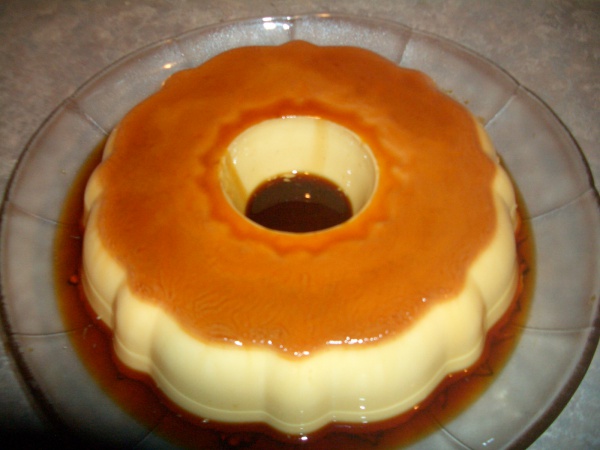Facts About Crème caramel
Crème caramel, also known as flan, caramel custard, egg pudding, or caramel pudding, is a delectable custard dessert crowned with a smooth caramel sauce. Unlike crème brûlée, which has a hard caramelized sugar crust, crème caramel boasts a silky, creamy texture under a luscious caramel topping. This dessert has long been a favorite in European restaurants, admired for its simplicity in preparation and convenient storage.
The word "crème" in French means custard, and terms such as "crème renversée" and "crema volteada" signify the custard being inverted out of its mold for serving. The creation process begins with pouring caramelized sugar syrup into a mold, followed by the custard mixture. It is typically cooked in a water bath, either in the oven or on the stovetop, resulting in a rich, gelatinous texture.
Instant versions of crème caramel are also available, made with flan powder thickened with agents like agar or carrageenan instead of eggs. This dessert takes on many regional variations around the world. For instance, in Puerto Rico, flans are often milk-based and come in flavors such as coconut, pumpkin, or batata. In Croatia, "rožata" is flavored with rozalin liqueur, while in India, caramel custard is a popular indulgence frequently paired with masala chai.
In Japan, crème caramel, known as "purin" is easily found at convenience stores. In the Philippines, it’s called "leche flan" and is an essential feature at festive gatherings. Venezuela and Brazil have their distinctive versions, called "quesillo" and "pudim" respectively. In Latin American countries like Argentina, Chile, and Peru, flan is a cherished dessert often served with dulce de leche or other delightful toppings.

 Spain
Spain